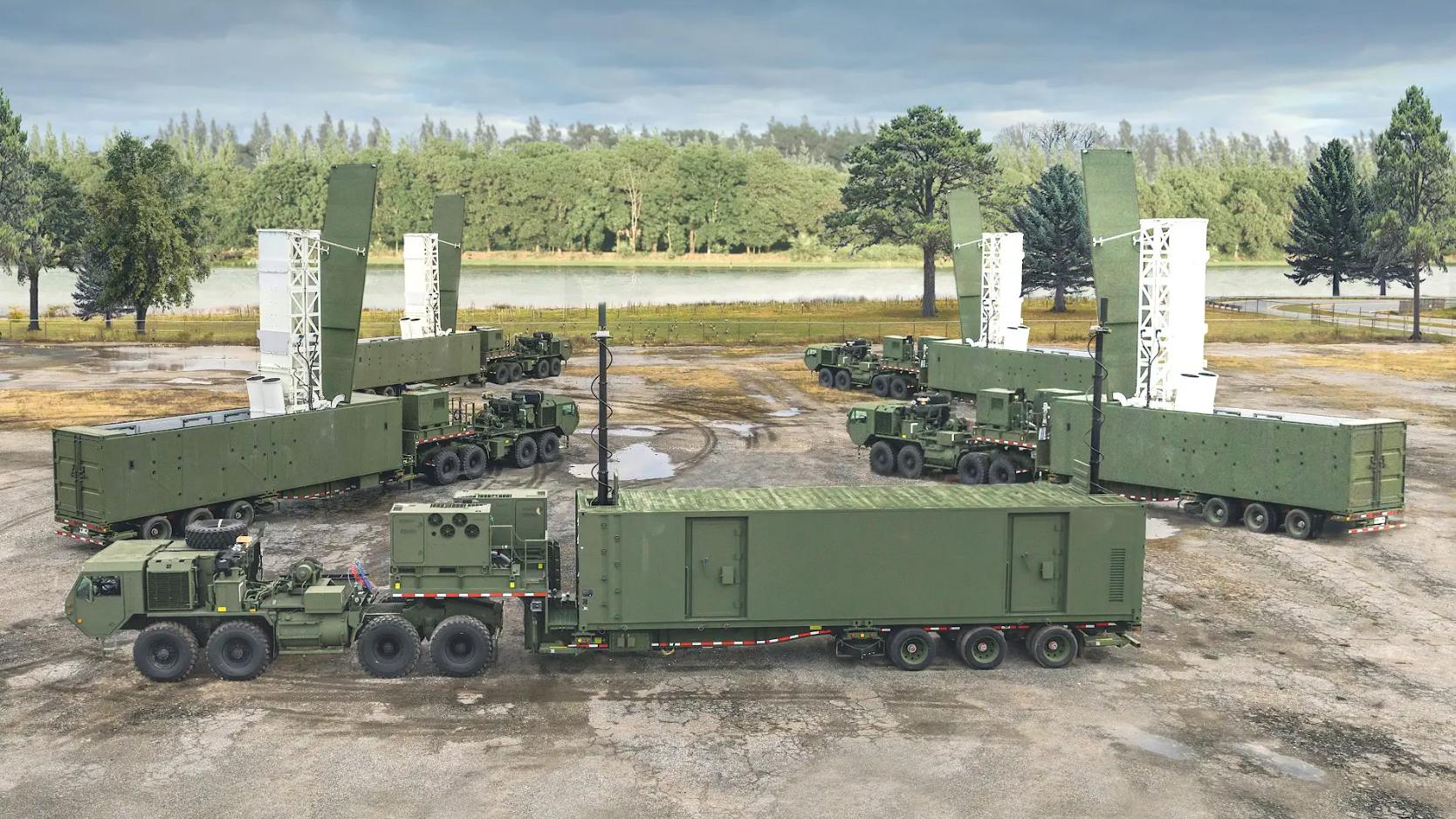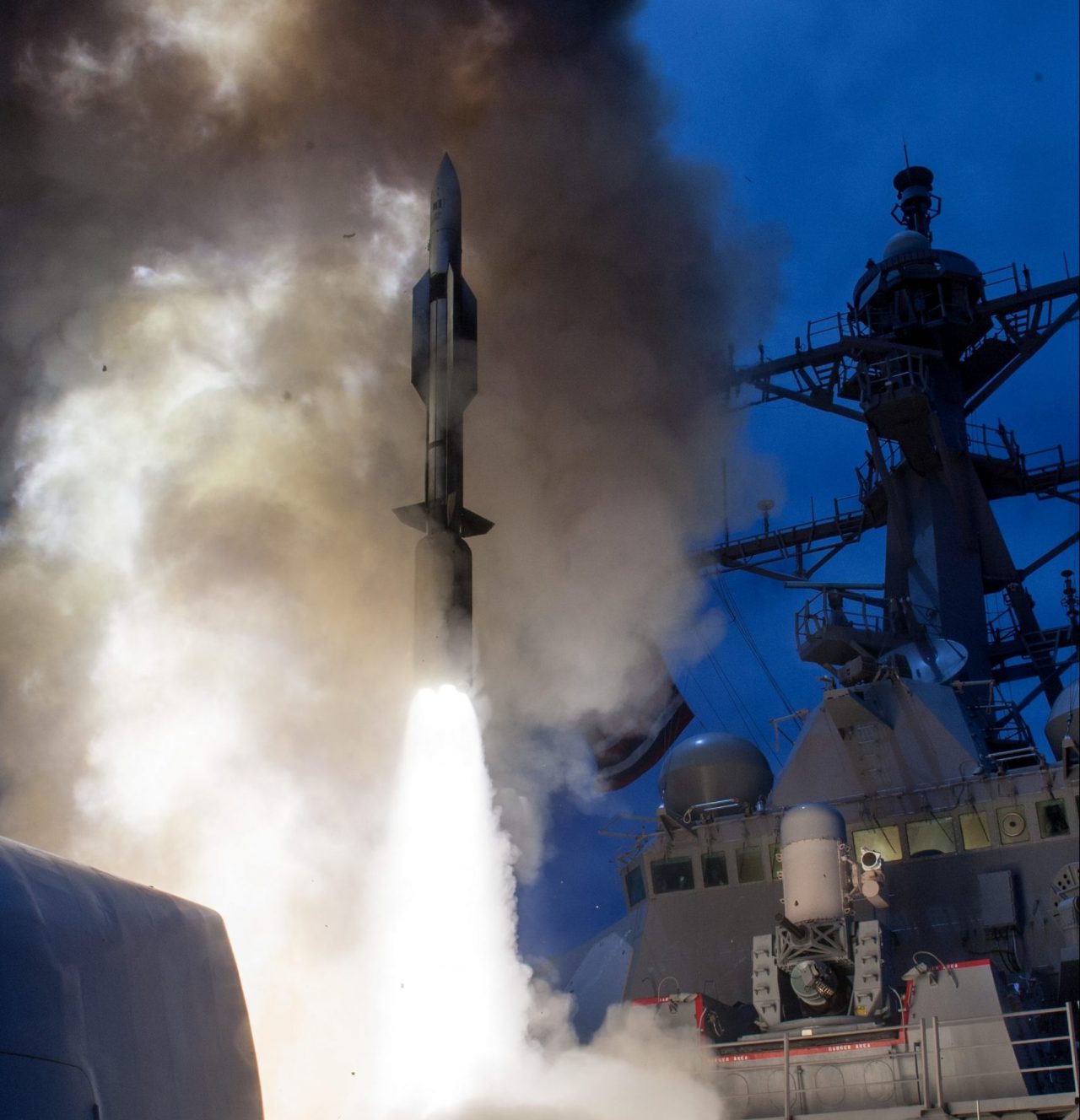“Biggest Irritant” For China, Germany Wants U.S. Missile System To Counter Russia’s Missile Edge, Deter Moscow

Germany is reportedly considering the acquisition of the American Mid-Range Capability (MRC) system, also known as Typhon, which has been a source of big irritation for China for over a year. The purchase appears to be in line with Berlin’s expansive military modernisation effort aimed at deterring adversaries like Russia.
Germany has reportedly notified Pentagon leaders of its intention to buy the US Army’s Typhon missile launcher system. The decision was communicated during Defense Minister Boris Pistorius’ visit to the United States earlier this week, where he met the US Secretary of Defense Pete Hegseth.
The development comes exactly a year after the United States and Germany jointly announced plans to deploy hypersonic weapons and the Typhon missile system in Germany by 2026 to bolster deterrence against Russian threats by enhancing long-range precision fire (LRPF) capability in the European theatre.
According to reports, the 2nd Multi-Domain Task Force, based in Wiesbaden, Germany, was singled out to receive these systems.
However, with the new US President dilly-dallying on America’s commitment to Europe’s security, the deployment plans may have hit a snag, as also insinuated by the German Defense Minister during his interaction with reporters on July 14.
“I’m very confident that the announcement will remain in place,” he said after he met with Pete Hegseth. “But a final decision is still outstanding.”
While Pistorius did not give specific details of their discussions, there has been a significant shift in foreign policy after Donald Trump became President in January 2025. Trump and his senior officials have stated on multiple occasions that the security of Europe is no longer a priority for the United States. This should explain Germany’s alacrity to acquire the Typhon.
Although European countries, including Germany and France, have repeatedly spoken of achieving military self-sufficiency, no European country currently possesses this capability. The war in Ukraine has exposed vulnerabilities in European defense, particularly in long-range precision strike options.
On its part, Berlin has been making efforts to bolster its long-range strike capability amid rising security threats in the region. For instance, the Luftwaffe (Air Force) is upgrading its Taurus KEPD-350 cruise missile. However, while the Taurus is considered highly effective against fortified targets, its 500-kilometer range is insufficient for deep-strike missions that are being prioritized.
Unlike air-launched or naval strike options, ground-based missile systems offer advantages in survivability and mobility, which makes the Typhon a very favourable option.
Germany has also been working on the development of the European Long-Range Strike Approach (ELSA) missiles. In addition, previous reports suggested that it is considering the acquisition of American BGM-109 Tomahawk land-attack cruise missiles as a stop-gap solution while it awaits the completion of the ELSA.
The Typhon is a formidable weapon system that can launch the Tomahawk cruise missiles, which can reach targets up to 1,600-2,500 kilometers, and the SM-6 missiles that can successfully combat air and sea threats at ranges of more than 200-240 kilometers.
Currently, the Medium Artillery Rocket System II (MARS II), a regional adaptation of the American M270 Multiple Launch Rocket System, is the centrepiece of the German Army’s present long-range fire capability. However, the system has an approximate 84-kilometer combat range, unlike the Typhon, which can hit targets anywhere between 250 and 2,500 kilometers with its two distinct missiles.

The purchase of the Typhon system would be subject to US approval. If it goes through, Germany would become the first overseas buyer of the system.
Notably, if the purchase of Typhon is authorized by the US State Department, this system would become a thorn in Russia’s side, after being a thorn in the side of the People’s Republic of China for more than a year.
As previously reported by the EurAsian Times, the US Army deployed the Typhon long-range missile system to the Philippines for participation in Exercise Balikatan 2024 and Exercise Salaknib 2024. However, the system has since remained in the Southeast Asian country, much to China’s chagrin, which considers the deployment provocative.
Previous reports indicated that it had been deployed to the island of Luzon, which is separated from Taiwan by the Luzon Strait, a deep channel that connects the South China Sea to the Philippine Sea. China is expected to use the channel in the event of an invasion, which makes the deployment in Luzon (from where it could attack the PLA) significant.
A long-range missile in its neighborhood has angered Beijing, which has repeatedly demanded that the system be removed from the nation, claiming that the deployment could start an arms race in the region. However, these calls have fallen on deaf ears, with Filipino military leaders and politicians hinting at a permanent deployment or a potential purchase of this capability.
This “indefinite” deployment appears to be a US strategy of expanding its military presence in the region to counter-balance China’s power and deter a misadventure vis-à-vis Manila or the self-ruled state of Taiwan, which is claimed by Beijing as its sovereign territory.
The Typhon’s Growing Popularity
The Typhon Mid-Range Capability (MRC) system is a mobile, ground-launched missile system developed by the US Army, intended to deliver long-range, precise strikes in contested environments.
According to a previous US Congress report, the MRC is part of the Army’s Long Range Precision Fire (LRPF) modernization and is intended to hit targets at ranges between the Army’s Precision Strike Missile (PrSM) and the developmental Long-Range Hypersonic Weapon (LRHW) system.
The MRC system leverages existing Raytheon-produced SM-6 missiles and Tomahawk cruise missiles, modifying them for ground launch, the report added.

It has been developed as an answer to “improved Chinese and Russian long-ranged artillery systems, new employment techniques for unmanned aerial vehicles (UAVs), and the proliferation of special munitions (such as precision, thermobaric, loitering, and top-attack munitions) have renewed concerns about the potential impact of Russian and Chinese fires on U.S. combat operations.”
This mobile system is easily transportable by a C-17 aircraft. There are four launchers in a Typhon battery, and each one can carry four missiles simultaneously. This means the missile system can fire a salvo of 16 missiles before it needs to be reloaded. Interestingly, the launcher is derived from the Mk 41 Vertical Launch System (VLS), a design used on several US and allied warships.
The US Army recently conducted a live-fire test with the system, firing an SM-6 from the Typhon launcher and successfully sinking a sea target. The test was conducted in collaboration with the Australian Army during the ongoing Talisman Sabre military exercise.
The Typhon system is a vital component of the US Army’s approved force structure for its Multi-Domain Task Forces (MTDF). One Typhon battery is assigned to the first MDTF in the Pacific, and the other battery is assigned to the third MDTF.
The Army is building these formations to address particular military requirements in those regions and to dedicate them to specific theaters.
The deployment of Typhon in Germany would likely allow NATO to have the option to target Russian military assets within Russia or occupied territories.
Russia’s Iskander-M, with a range of about 500 kilometres, and Kalibr cruise missiles, which can reach up to 2,500 kilometres, have been used extensively in Ukraine, showcasing its ability to strike distant targets. Typhon’s deployment in the European theatre would provide a comparable capability, allowing NATO to counterbalance Russia’s regional missile advantage.
The Typhon also integrates with the US Army’s Integrated Battle Command System (IBCS), enabling coordinated strikes across air, land, and sea domains.
This will enhance NATO’s ability to counter Russian anti-access/area denial (A2/AD) strategies in regions like the Baltic Sea. It is perhaps for this reason that Russia has warned that Typhoon deployments could destabilize global security.
- Questions and Answers
- Opinion
- Motivational and Inspiring Story
- Technology
- Live and Let live
- Focus
- Geopolitics
- Military-Arms/Equipment
- Seguridad
- Economy
- Beasts of Nations
- Machine Tools-The “Mother Industry”
- Art
- Causes
- Crafts
- Dance
- Drinks
- Film/Movie
- Fitness
- Food
- Juegos
- Gardening
- Health
- Home
- Literature
- Music
- Networking
- Other
- Party
- Religion
- Shopping
- Sports
- Theater
- Health and Wellness
- News
- Culture

